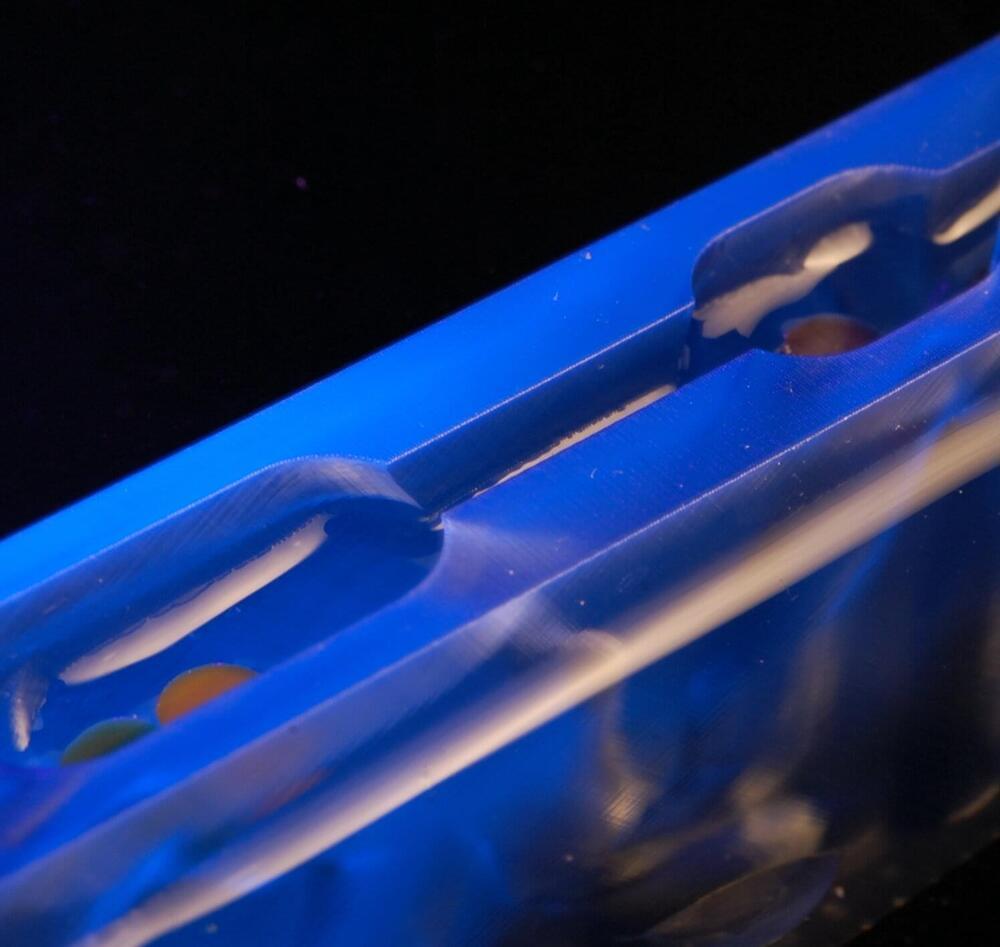The next generation of phones and wireless devices will need new antennae to access higher and higher frequency ranges. One way to make antennae that work at tens of gigahertz—the frequencies needed for 5G and higher devices—is to braid filaments about 1 micrometer in diameter. But today’s industrial fabrication techniques won’t work on fibers that small.
Now a team of researchers from the Harvard John A. Paulson School of Engineering and Applied Sciences (SEAS) has developed a simple machine that uses the surface tension of water to grab and manipulate microscopic objects, offering a potentially powerful tool for nanoscopic manufacturing.
The research is published in Nature.









Comments are closed.